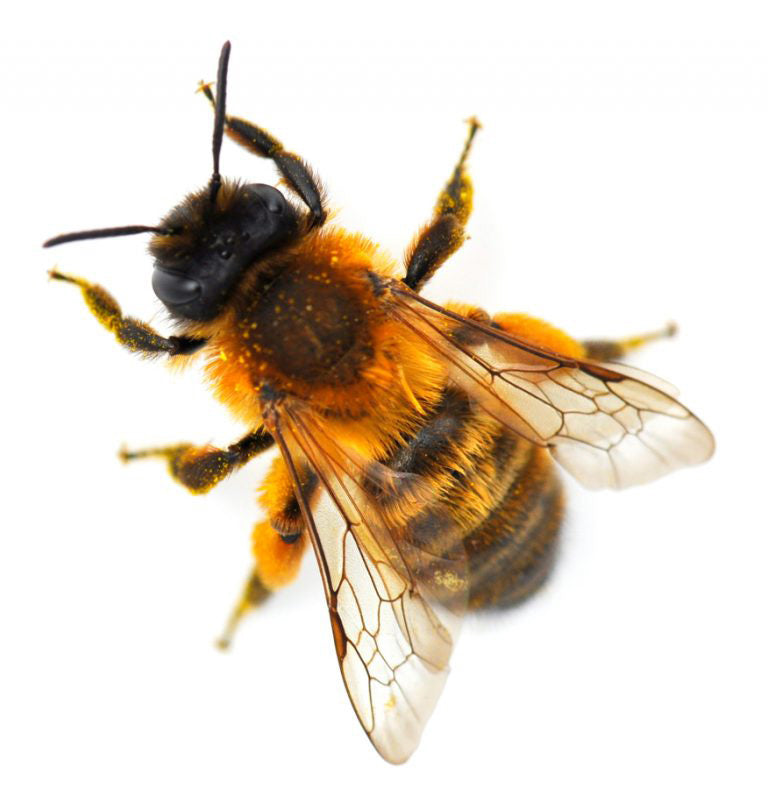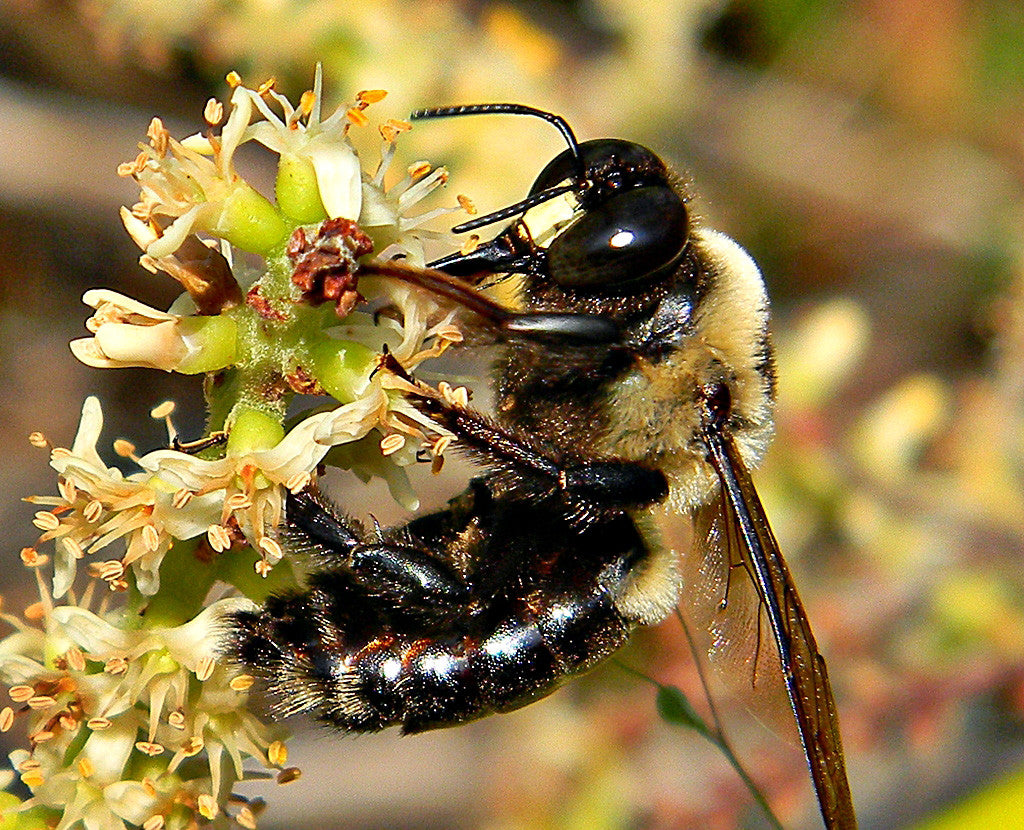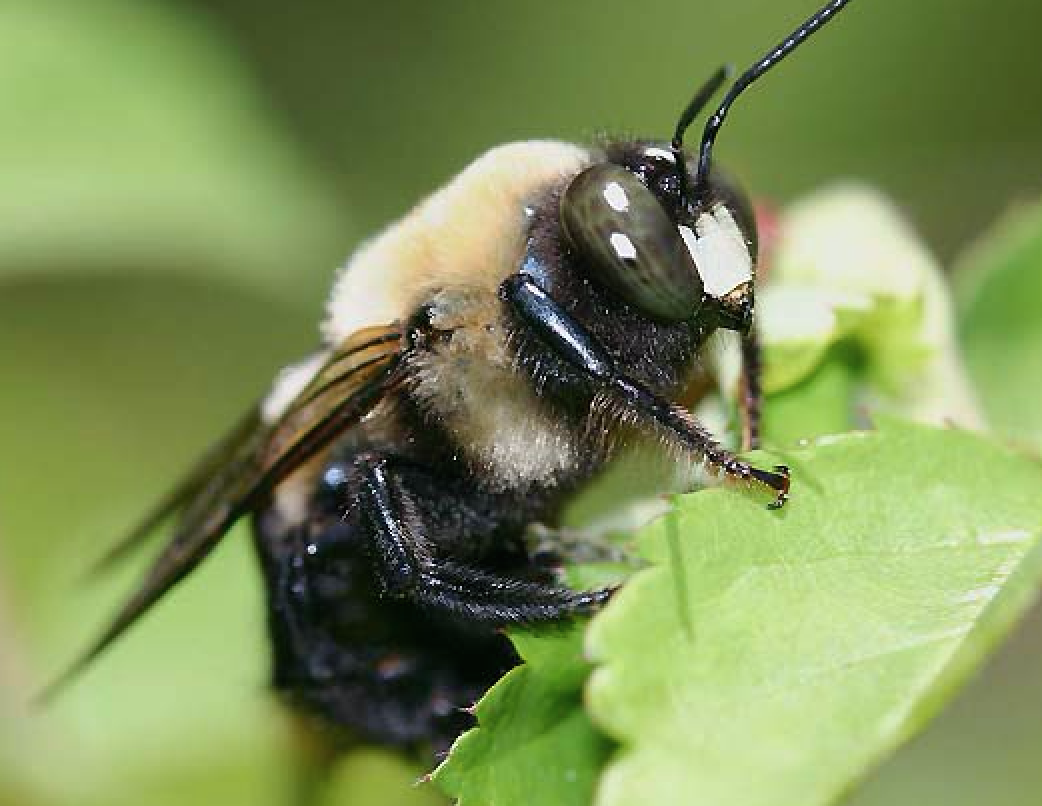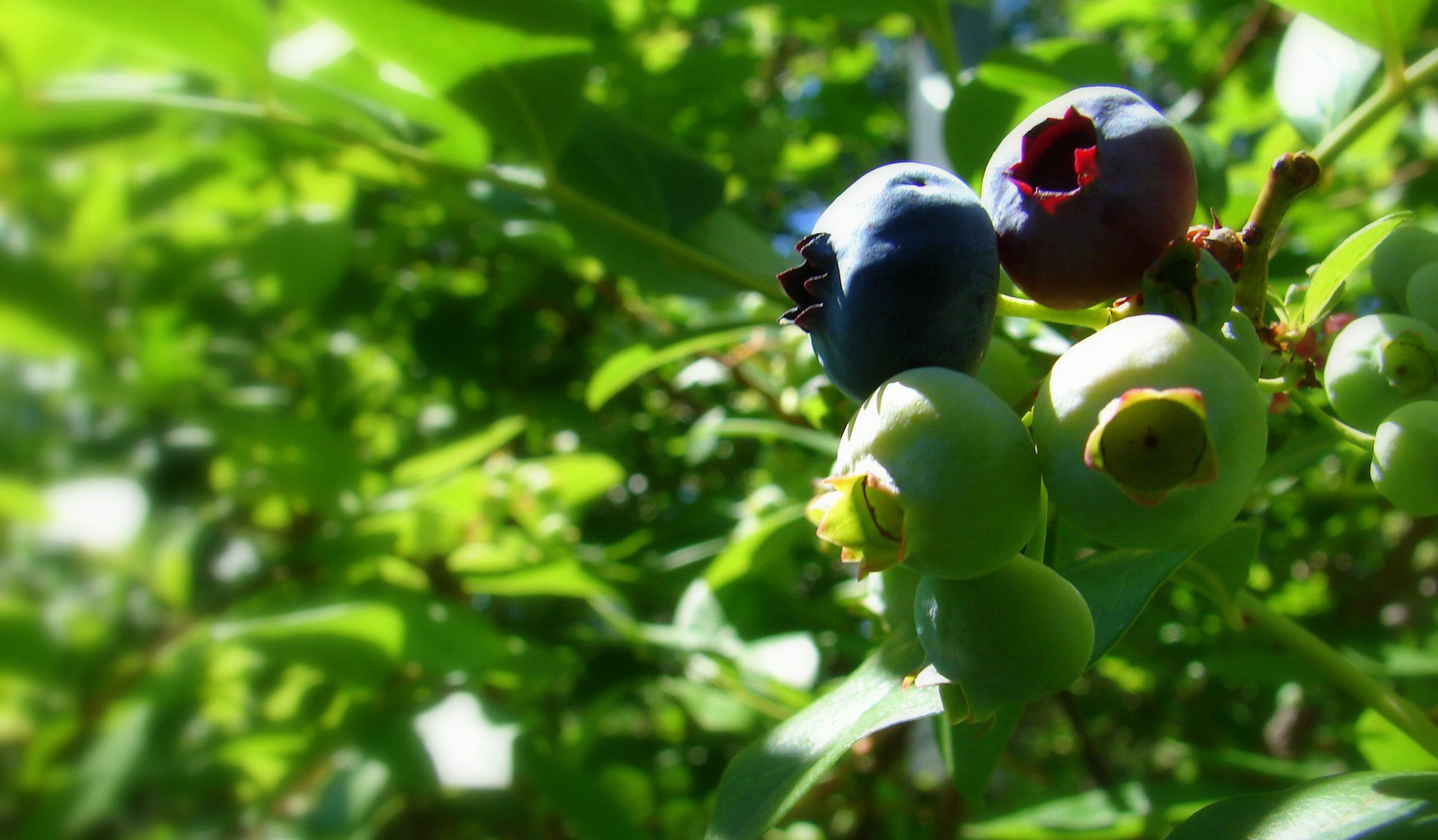
Mason Bees: Nesting, Pollinating, and More
When you think of bees, images of a beehive teeming with honey might come to mind. But the reality is that most bees do not make honey or live in hives. In fact, 85% of the world’s bee population i...

Carpenter Bee Infestation: Droppings, Sawdust & Stains
Have you ever wondered about the brownish stains near carpenter bees’ nests? This unsightly stain is carpenter bee poop. Unfortunately, this unsightly stain is from carpenter bee droppings – to ...

Why Is a Woodpecker Pecking on My House?
Why Do Woodpeckers Peck on Houses? There are many reasons that woodpeckers may be pecking on your home or other wooden structures. They might be pecking to create a nesting cavity, looking for a m...

Solitary Bees: “Busy As Can Bee” Pollinators?
The majority of the bee population in the United States falls into the “solitary bee” category. This includes mason bees, mining bees, carpenter bees, digger bees and several others. Many, but not...

Do Carpenter Bees Sting / Are They Aggressive?
Do Wood Bees Sting? The simple answer is yes. Carpenter bees, sometimes called wood bees, sting. Female carpenter bees can sting; however, they are unlikely to do so. Speaking from experience, it ...

How to Attract Bees to Your Garden? Add a Bee Lodge
How to attract pollinating bees to your garden? Add one of the Best Bee Brothers' bee lodges to attract solitary bees such as mason bees and carpenter bees to your garden area. The bees will nest ...